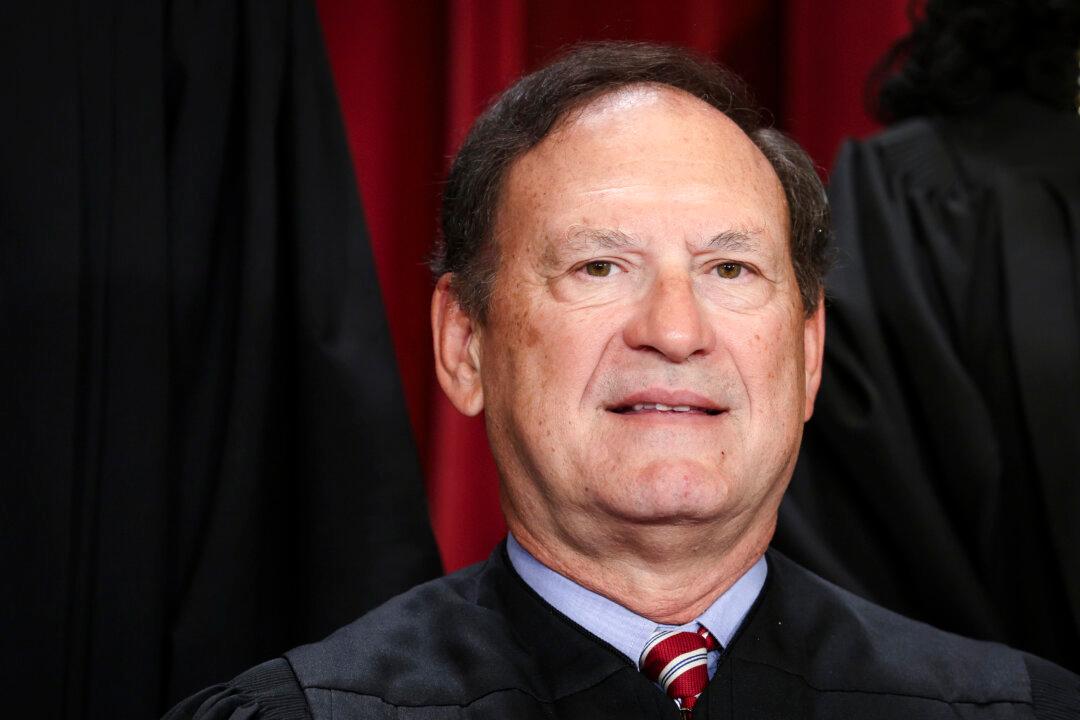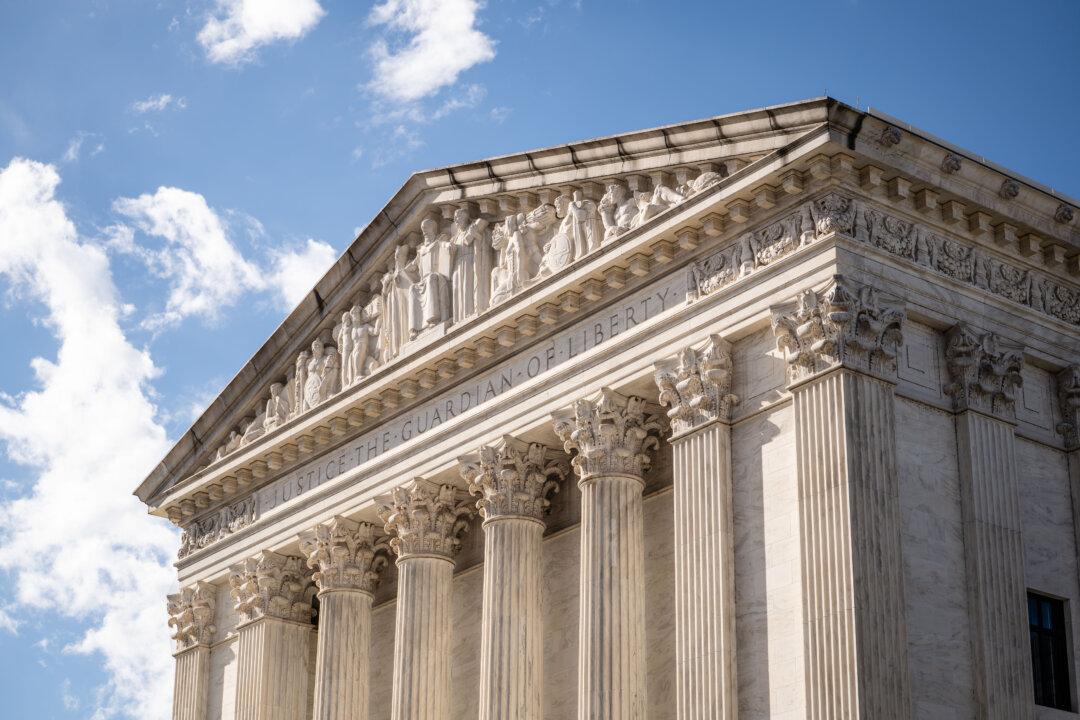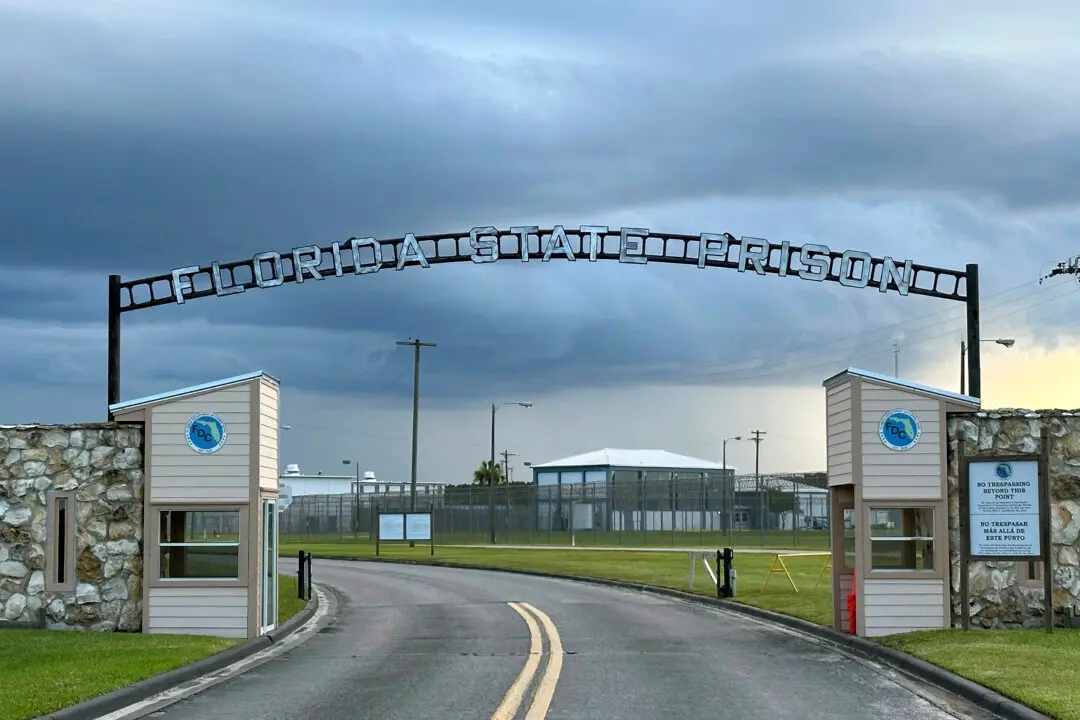The U.S. Supreme Court ruled 5–4 on March 4 that the Environmental Protection Agency’s (EPA) wastewater discharge permitting system violates federal law.
Justice Samuel Alito wrote the majority opinion in City and County of San Francisco v. EPA. The opinion was joined by Chief Justice John Roberts, along with Justices Clarence Thomas, Brett Kavanaugh, and Neil Gorsuch.





